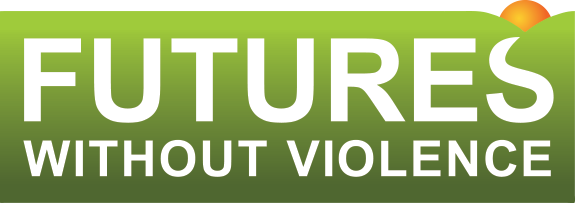Job Training and Employment Opportunities for Survivors of Trafficking through the Workforce Innovation and Opportunity Act
Title: Job Training and Employment Opportunities for Survivors of Trafficking through the Workforce Innovation and Opportunity Act
Date: July 30, 2019
Click here to listen to the recording
Click here to access the presentation
Click here to download the WIOA Primer
Webinar Description:
Access to employment opportunities that can provide economic security and stability is critical for the safety and long-term recovery of survivors of human trafficking. As survivors heal, victim service providers play a key role in connecting survivors to resources and opportunities to rebuild their lives. Join Futures Without Violence to earn more about job training programs and career development services offered through the Workforce Innovation and Opportunities Act, how to prepare survivors for job training and employment success, and how victim service providers can partner with local workforce development agencies.
Learning Objectives:
As a result of this webinar, participants will be better able to:
- Discuss general expectations of job readiness programs with survivors;
- Outline the resources and employment and training opportunities available through the Workforce Innovation and Opportunity Act (WIOA);
- Evaluate whether survivors meet the basic eligibility requirements for WIOA funded programs;
- Describe the process in which survivors can access WIOA funded employment and training opportunities; and,
- Identify and build relationships with America Job Centers and other workforce programs.
Presenters:
Sarah Gonzalez Bocinski – Futures Without Violence
Charlotte Harris – Workforce Analyst, Employment & Training Administration
Questions? Please contact peost@futureswithoutviolence.org.
This project is supported by Grant No. 2017-VT-BX-K001, awarded by the Office for Victims of Crime, U.S. Department of Justice. The opinions, findings, conclusions, and recommendations expressed in this publication/program/exhibition are those of the author(s) and do not necessarily reflect the views of the Department of Justice, Office for Victims of Crime.


